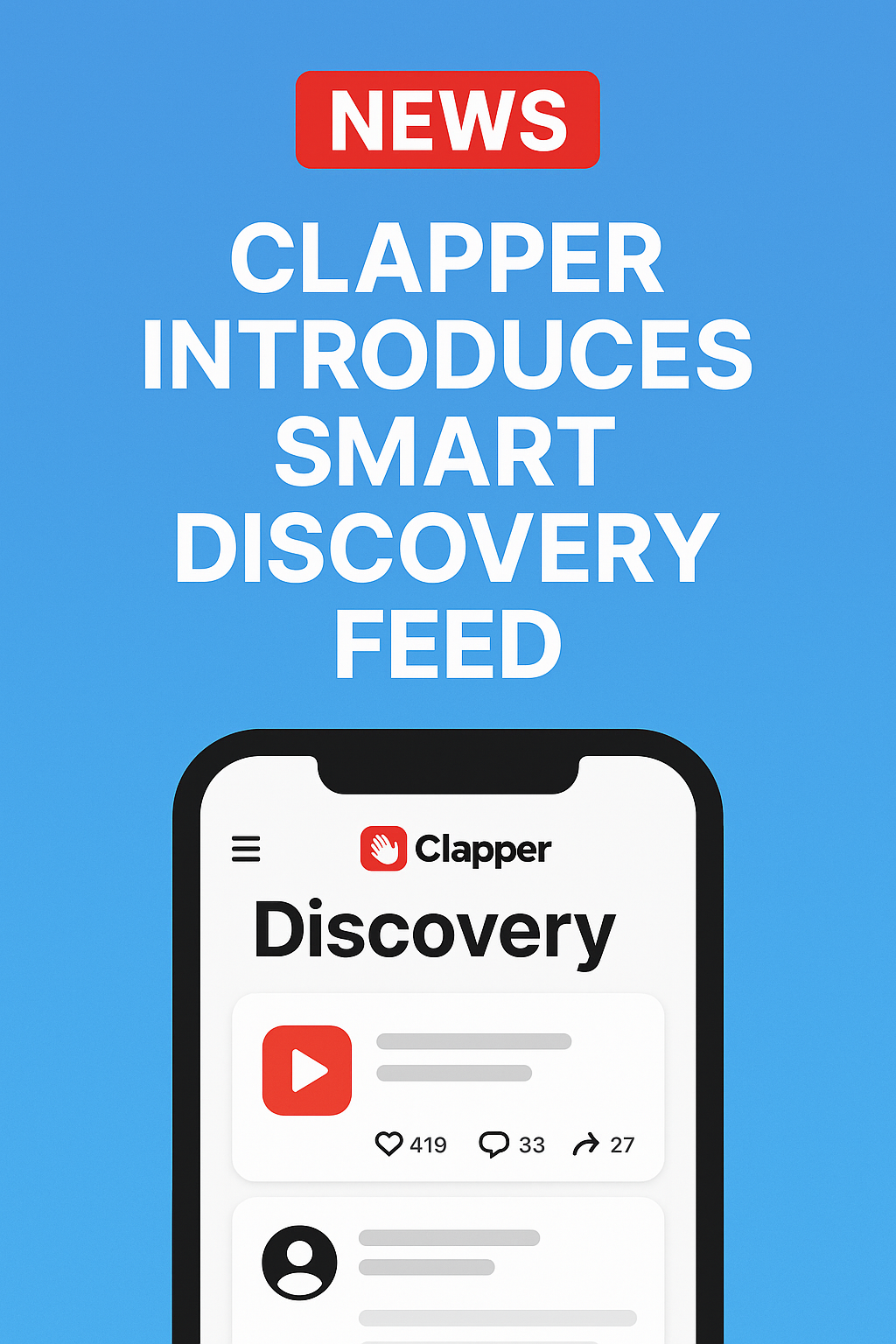 Google+ continues to roll out new updates and tools for its social networking platform. Google announced Wednesday that news organizations and companies that have created a Google+ page could affix a code in their social networking badges so that people could not only share information on a website by choosing to click +1, but also by adding the page or company to their Google+ circle.
Google+ continues to roll out new updates and tools for its social networking platform. Google announced Wednesday that news organizations and companies that have created a Google+ page could affix a code in their social networking badges so that people could not only share information on a website by choosing to click +1, but also by adding the page or company to their Google+ circle.
This announcement of deeper Google+ integration for companies comes just over week after the Google+ pages were announced, where users can create company, brand or organization pages for people to follow and interact with.
With both of these elements now available, brands are able to create followings on the social networking site more easily and keep track of the number of people that have shared their site or content on the platform.
A search and social management platform, BrightEdge, released some telling numbers on Wednesday about the adoption of Google+ pages in the week that they have been functional.
BrightEdge found that 61% of the world’s top 100 brands had already created pages on Google+, yet only around 13% of the brands displayed a link to the site.
Being the new kid on the block brings with it a lack of friends to play with. So far, the Google+ company page for Google had the largest fan contingent of any of the brands on the platform, with more than 65,000 fans.
Other global companies have a very low number of followers such as Pepsi with 19,000+ (which on Facebook has more than 6.2 million) and Apple with fewer than 1,200 people following its Google+ activity (and has 1.1 million following on Facebook.)
When BrightEdge looked at all 100 top brands on both Facebook and Google+ the discrepancy was even more vast — showing a cumulative 300 million Facebook fans to the approximately 148,000 Google+ followers.
“Brands have been quick to embrace a presence on Google+, but clearly there is a long way to go in establishing social networks that really have scale and deep user engagement,” Jim Yu, CEO of BrightEdge said in a statement. “Now the real work begins for these brands if they want to extend their social presence on the Web from Facebook to the new Google+. And it will be interesting to see how these communication and marketing channels will grow in a way that remains meaningful for the world’s top brands.”
To be fair, brands have far more time to create their presence on Facebook and build an audience, so if anything, these numbers are a marker that will help Google+ track the progress of adoption and usage on its site.
BrightEdge’s VP of Marketing, Brad Mattick, told me that brands are adopting social media earlier than ever before because they don’t want to lack a presence where their audience could be. With at least a billion searches being done daily, companies want to be sure you can find them anywhere you look.
What is more telling about some of the survey findings is that while 94% of the top 100 brands have a Facebook presence, only 53% of them show a link to their Facebook page on their Web homepage. In a social media-driven atmosphere, this percentage seems shockingly low — especially for global brands that have spent a great percentage of their budgets and energy on marketing and social media strategy.
“Some brands are focused on keeping traffic on their site, where they can control the content,” Mattick told me. “But others have to go through an extensive process to change anything on their website so it can’t change as rapidly as the social media environment.”
And despite how many changes and updates are rolling out on the new social platform, Google has done its work to assure that the company Google+ pages gain good ranking in searches for given brands and products that have created a page.
Thorn in the rose
One growing concern that Google+ and brands on the social site are having is the ease with which people can create false accounts for various brands. CNET reported that a mere one day after Google+ launched the pages feature, someone built a Bank of America social page and proceeded to upload content that mocked the financial institution about such issues as mortgage loans, insider trading and debit card fees.
 A BoA spokesman confirmed to CNET that the institution was concerned about the false Google account and when I checked the platform multiple pages touting that they were the Bank of America page were all disabled.
A BoA spokesman confirmed to CNET that the institution was concerned about the false Google account and when I checked the platform multiple pages touting that they were the Bank of America page were all disabled.
The official Bank of America page has a verified checkmark net to the name (think Twitter accounts) and as of mid-afternoon on Wednesday, only 168 friends.
This kerfuffle brought up the concerns that many brands would, and likey should have, about what content is connected to their brand on these social sites and how easy is it to impersonate a corporate entity.
Google has explained that, at the moment, there is no process to apply for a verification badge but that their employees will scan through the site and contact pages that may need to be manually verified.
It appears that at this point in the platform’s growth, the only way for companies to avoid their brand from being hijacked is to have a good offense and regularly alert Google if false accounts are opened under their institution’s name — not exactly comforting.
Similar issues have arisen on Twitter, where the first person to create an handle gets the account name, but often those efforts were obvious methods for parodying a situation such as the @MayorEmanuel twitter that started as a parody or joke and eventually Rahm Emanuel bought the handle from the original owner.
This is just another moment of growing pains that Google+ has to work through to create a better system of checking the validity of accounts as they go live, but one would have hoped that the Internet giant would have seen the possibility coming and that they would have had some more comforting advice then to report each act of falsification so they can subsequently delete the account.


















